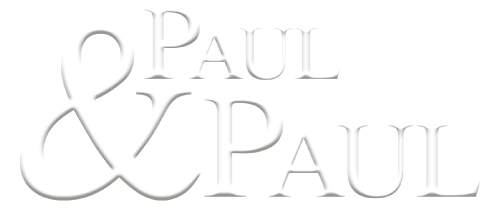The patent process is intricate and has many certain requirements that must be met. Navigating through the process can be difficult, so an experienced patent lawyer can advise you on how to proceed.
An Investor’s Guide on How to Navigate Through The Patent Process
The patent process, according to applicants and experts, is long, complex and costly. Most patent applications are rejected in their first attempt. Even if one succeeds in getting patented, they will need to meet certain requirements to maintain their patent. So, investors and inventors need to understand patent criteria and process thoroughly before they consider getting their product or service patented.
Is filing a patent worth it?
Identify how your product is different from pre-existing products and services. Then, use census data to find out the actual size of your product’s market. If the market is too small, it really doesn’t make sense to invest in a costly patent.
Does your product meet patent criteria?
Determining whether your product meets patent criteria is usually the biggest area of contention. Is your product a novelty? If yes, this implies that your product isn’t publicly known and hasn’t been disclosed in a public format such as pending patent applications, books, articles, YouTube videos, etc. Plus, your invention shouldn’t be obvious or public knowledge.
Is your product/service of tangible use? Does it solve a problem or serve a purpose? An idea cannot be patented, but a working design or full-scale model utilizing the idea and having a definitive purpose can qualify for a patent. But if the process requires materials or technologies that don’t yet exist, it will most likely be rejected.
Does someone else already have a claim on your patent?
Before filing your intellectual property application, do your homework. For patents in the U.S., search through USPTO’s published and pending patent list. They also have a step-by-step video guide on conducting patent searches. For international patents, search the database at the World Intellectual Property Organization’s IPC catchword index.
What type of patent should you apply for?
There are three categories of patents you can apply for- utility patents, design patents, and plant patents. Utility patents are good for 20 years from the first date of application and granted to new products, new processes that improve an existing product, or new functionalities of an existing product.
Design patents are good for 14 years, and they can be filed for a radically different or improved look and feel of a product.
Plant product is the rarest type and holds good for 20 years. They are granted to discovery and invention of new breeds of plants.
When should you file for a patent?
The Patent Reform Act of 2011 states that patent will be granted not to the person who innovates but to the one who applies for the patent first. So, if you are a startup that came up with a great product, be prepared to file quickly, even before you talk to potential investors. This is true even if you have signed a non-disclosure agreement.
So, it’s best to file for a provisional patent while you explore the commercial prospects of your invention. This has two advantages, a one-year protection to your product and an early provisional filing date to the applicant.
It’s advisable to consult an experienced Philadelphia patent attorney to protect your patent from infringement. A patent is good only till no one copies it. Otherwise, it’s really no use going through the patent process in the first place.
How detailed should your application be?
While filing for a provisional patent, be as detailed as possible in your application. Your invention should be more than an idea, include drawings, novel features, and evidence why you feel your product deserves a patent.
When the one-year provisional period is over, you can file for the real patent. Note that the details you enter now cannot be modified or added to in the application or waiting period. This stands true even if your product undergoes significant improvement. So, be as descriptive as possible in your initial application.
What happens if your application is rejected?
Typically you should receive a word from the USPTO office regarding your application’s acceptance or rejection within 18 months. Keep checking the waiting period on USPTO’s dashboard. You’ll get a three-month period to respond to the examiner and argue your case.
You can edit your application or amend your claims. You get two such attempts after which a final verdict is served. You can appeal for continued examination (and get two more attempts) or accept the decision.
Paul & Paul is a prominent and well respected full-service IP firm. Our attorneys assist with cases related to patents, trademarks, and copyrights and work diligently to seek justice for those dealing with infringement issues as well as advocating the rights of individuals looking to protect Intellectual Property. Please contact us at (215) 568-4900 to speak with an attorney today. Alternatively, you can also visit our website and complete a free case evaluation form, and someone will be in touch with you shortly.
